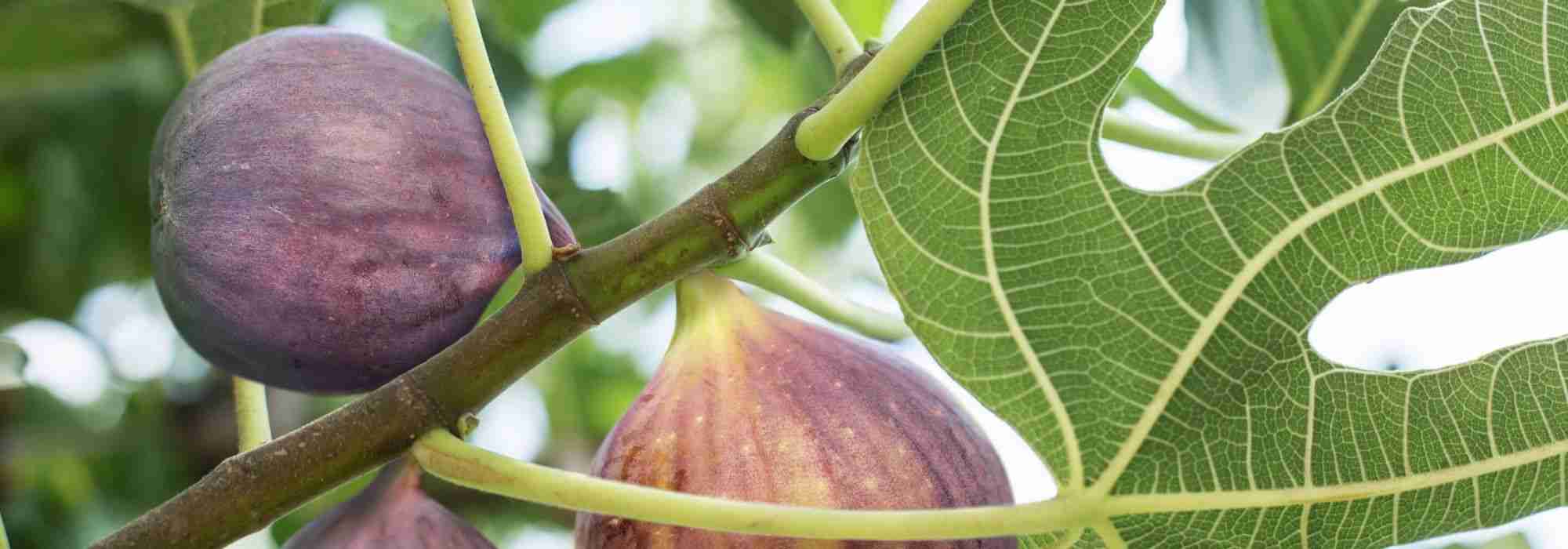
Fig tree: how to choose the right variety?
depending on your climate, garden and tastes
Contents
Fig tree (Ficus carica) is a very handsome fruit tree that produces, in summer or in autumn, figs, deliciously sweet fruits. By choosing the right variety, you will be able to grow it almost everywhere. ‘Pastilière’ or ‘Rouge de Bordeaux’, ‘Ronde de Bordeaux’, ‘Dalmatie’ or ‘Brown Turkey’, it is not always easy to choose the appropriate variety among the many offered. Here are our tips to choose your fig tree according to your climate, the pruning of your garden, the colour of the figs!
Fig tree self-fertile or not?
Climate is an essential factor when choosing a fig tree. Sexual reproduction of the fig tree is complex. Among fig trees, there are varieties that require other fig trees nearby to be pollinated with the help of an insect pollinator, and self-fertile varieties that produce fruit without fertilization. Fig pollination requires the intervention of the blastophage, the only insect pollinator of the fig, found only in southern France. That is why in the northernmost regions, it is essential to choose a self-fertile variety that will not need to be pollinated.
If you live in a region that frequently experiences late frosts, we also recommend choosing single-bearing varieties, as fig-flowers that develop very early in spring are often destroyed by spring frosts. You can choose the Fig tree ‘Nazareth’, a self-fertile, single-bearing variety that fruits once a year around late August and produces large fruits with green skin and pink flesh. You can also opt for the Fig tree ‘Rouge de Bordeaux’ or ‘Pastilière’, a variety that fruits only once a year in early August and has good cold resistance.
Read also
Dwarf fruit trees
Discover other Fig trees
View all →Available in 0 sizes
Available in 3 sizes
Available in 1 sizes
Available in 3 sizes
Available in 3 sizes
Available in 4 sizes
Available in 3 sizes
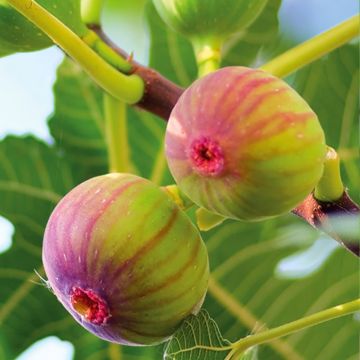
Available in 1 sizes
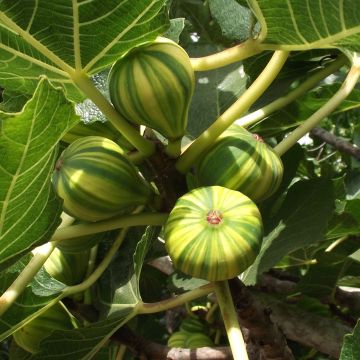
Available in 2 sizes
Available in 2 sizes
Once-fruiting or biferous fig tree?
Fig trees fall into two categories :
- single-harvest varieties : they produce only once a year, in autumn.
- biferous varieties: they produce first in spring from June–July and a second time in autumn from mid‑August to October depending on region.
Biferous varieties are more numerous and it can be very tempting to have two harvests a year. Before giving in to temptation, you must consider your climate once again: climate is the main criterion when choosing a fig tree. Biferous varieties are better suited to regions where winters are not too severe and where spring frosts are not too harsh: late frosts below -4°C are highly likely to destroy figs of the first wave called ‘flower figs’ and the early arrival of first cold snaps in autumn could prevent figs of the second wave from ripening, especially in later varieties.
In southern France, you will have a wider choice and can opt for varieties such as ‘Portogallo’ or ‘Goutte d’Or’ that bear fruit twice a year.
North of the Loire, it is preferable to favour single-harvest varieties, such as fig tree Nazareth and fig tree ‘Rouge de Bordeaux’ that bear fruit in August. However, you can also choose some biferous varieties provided you select those that are relatively cold-hardy and suited to wetter regions; fig tree ‘Icecrystal’, fig tree ‘Noire de Caromb’, fig tree ‘Madeleine des 2 saisons’ or fig tree ‘Brunswick’ will tolerate less favourable climates, provided they are grown in full sun, sheltered by a wall that will protect them from cold winds during harsh winters.
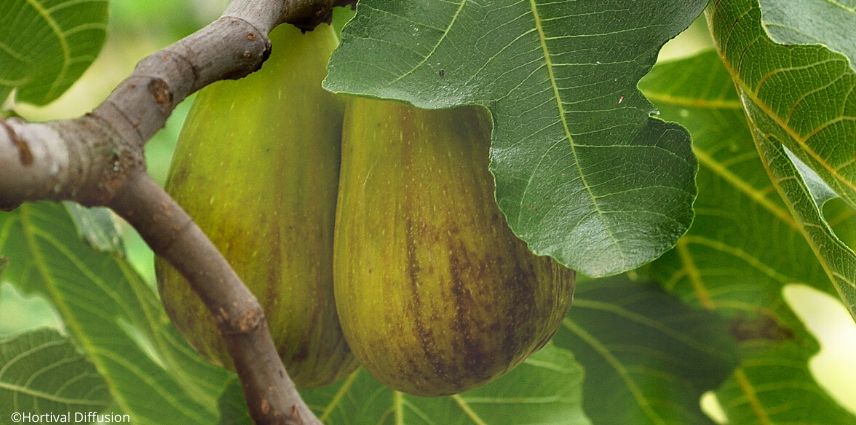
Fig tree for small or large garden?
Fig tree can quickly become invasive in a small garden. While most reach on average 3 to 5 m in all directions, in some varieties such as ‘Grisette’ or ‘Grise de Saint-Jean’ crown can measure up to 10 metres of spreading!
In a small garden, planted in open ground, choose varieties with compact growth such as the Fig tree ‘Icecrystal’ reaching 2 m in all directions or the Fig tree ‘Rouge de Bordeaux’ or ‘Pastilière’ not exceeding 2 to 3 m in height for 3 to 4 m in width when fully grown.
Some fig trees can even be grown in pots. For this use, we recommend the dwarf fig ‘Figality’ with a remarkably compact habit, reaching only 1.50 m in height for 1 m span at ripeness. It will be perfect for container cultivation on a sunny terrace (to be brought under cover in coldest regions as soon as temperatures fall below -10°C.)
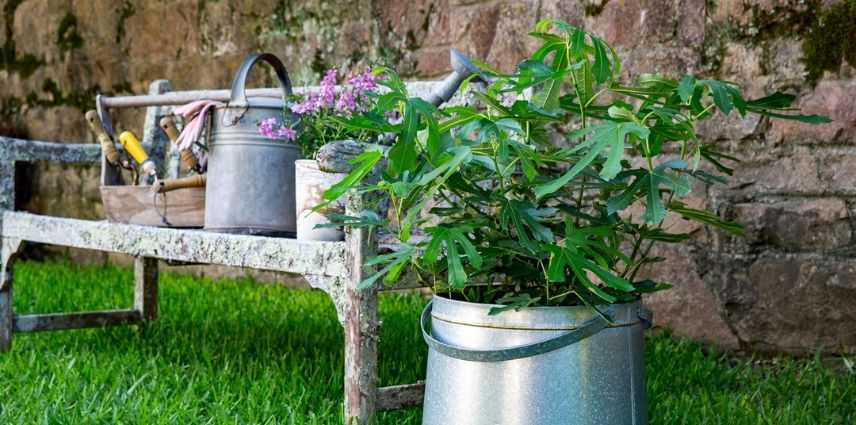
Green, purple or red figs: a matter of taste!
Yellow‑green or dark green, violet‑blue to almost black, bicolour or even grey with a reddish tinge, depending on variety, a fig’s skin colour varies. Whatever the colour, fig remains above all a truly indulgent, sun‑soaked fruit, with tangy flesh, more or less sweet and fragrant depending on variety. Choice of fig colour is simply a matter of taste! Under its black epidermis, ‘Noire de Caromb’ conceals a tasty, strawberry‑coloured, juicy flesh, under its brown‑red robe ‘Brown Turkey’ hides a very sweet flavour, ‘Rouge de Bordeaux’ offers a particularly mild taste, under its green skin Fig tree ‘Portogallo’ reveals a delicate aroma and very large, round figs with grey‑violet skin from ‘Dauphine’ are very sweet. As for Variegated Fig tree or ‘Bourjassotte rayée’, it conceals beneath yellow skin variegated with green a well‑scented red flesh.
To find out more about the fig tree
- Read our article : “Fig tree: essential varieties for the garden”
- Subscribe!
- Contents
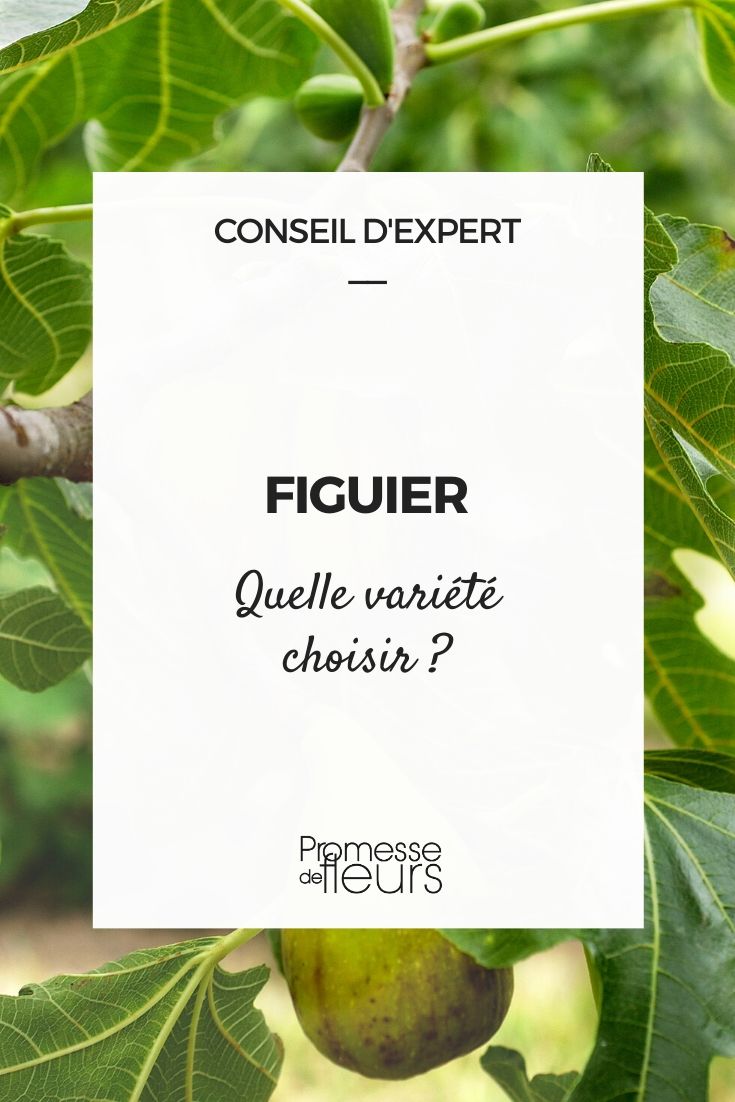































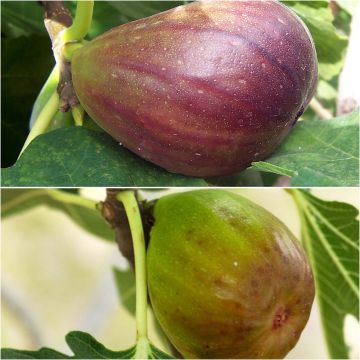

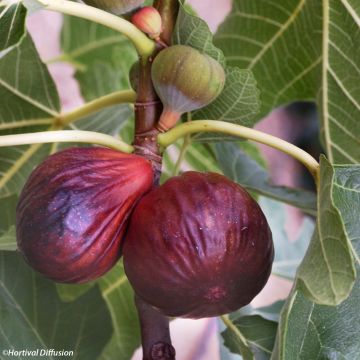
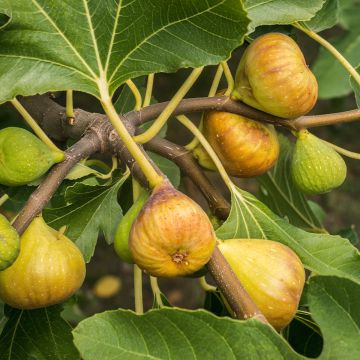
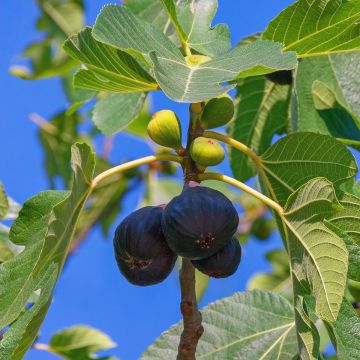
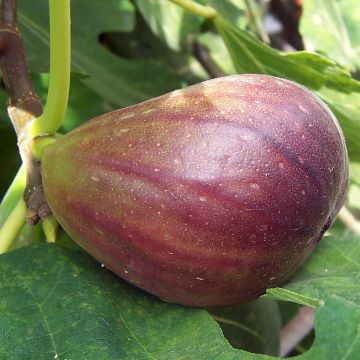
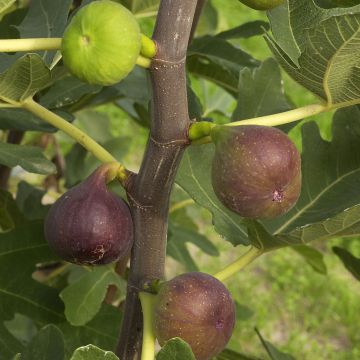
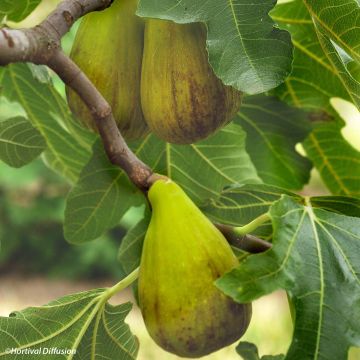
Comments